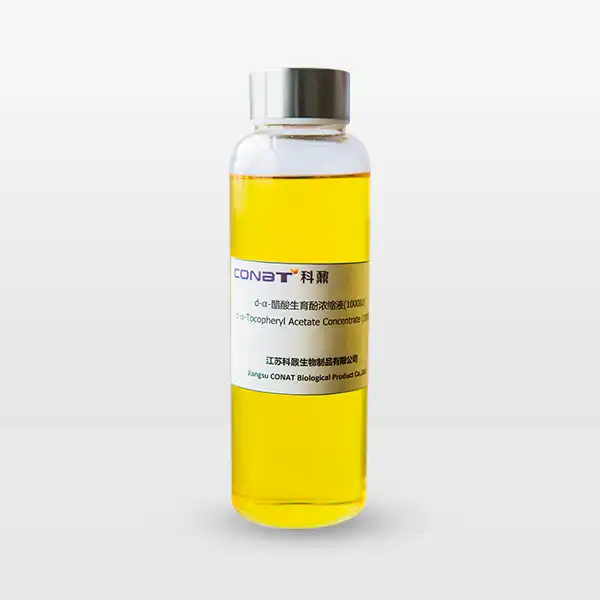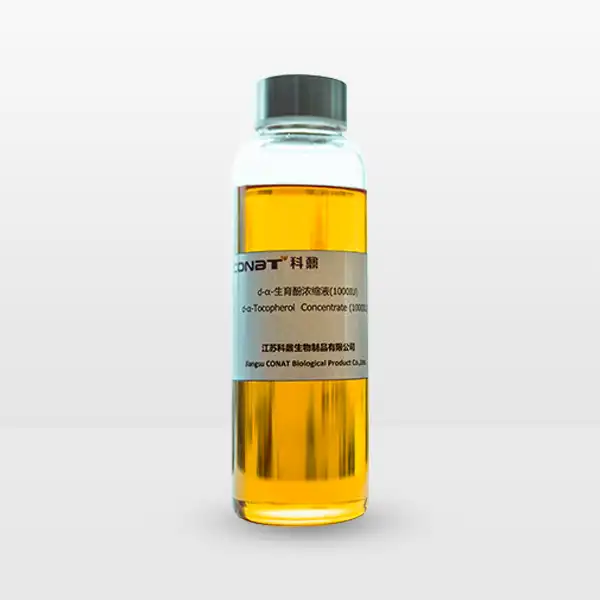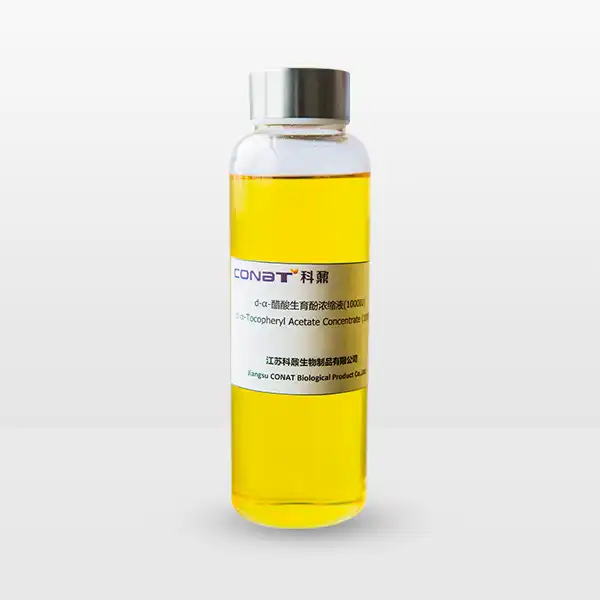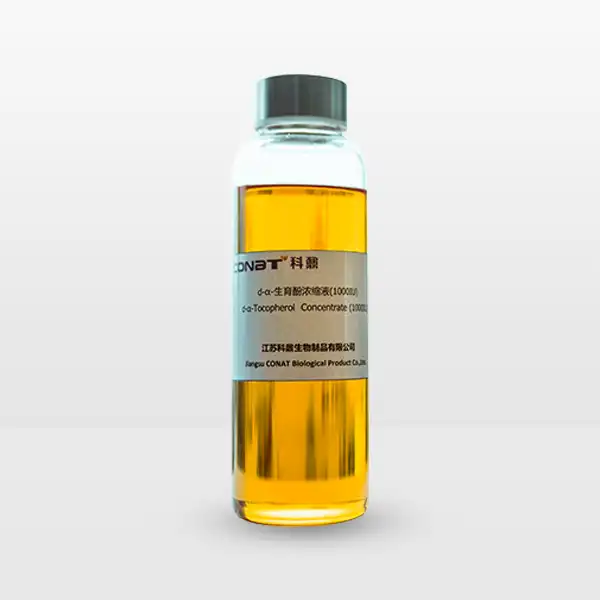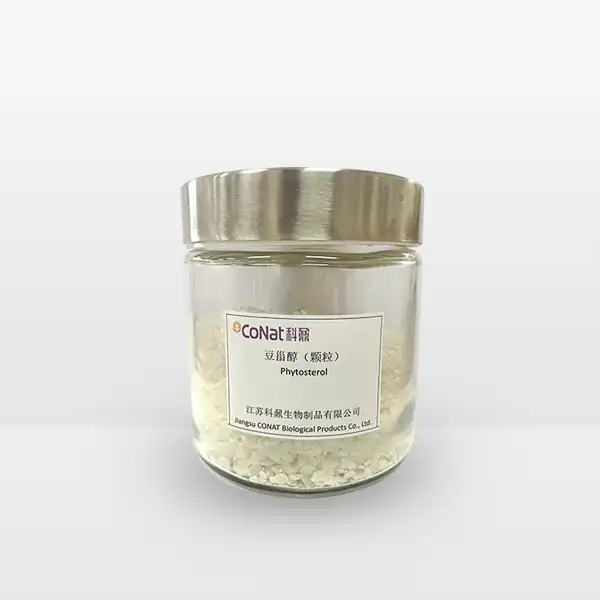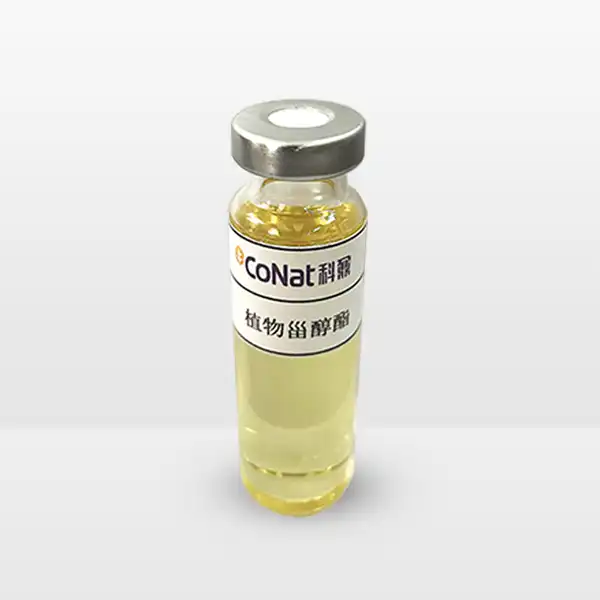- English
- French
- German
- Portuguese
- Spanish
- Russian
- Japanese
- Korean
- Arabic
- Greek
- German
- Turkish
- Italian
- Danish
- Romanian
- Indonesian
- Czech
- Afrikaans
- Swedish
- Polish
- Basque
- Catalan
- Esperanto
- Hindi
- Lao
- Albanian
- Amharic
- Armenian
- Azerbaijani
- Belarusian
- Bengali
- Bosnian
- Bulgarian
- Cebuano
- Chichewa
- Corsican
- Croatian
- Dutch
- Estonian
- Filipino
- Finnish
- Frisian
- Galician
- Georgian
- Gujarati
- Haitian
- Hausa
- Hawaiian
- Hebrew
- Hmong
- Hungarian
- Icelandic
- Igbo
- Javanese
- Kannada
- Kazakh
- Khmer
- Kurdish
- Kyrgyz
- Latin
- Latvian
- Lithuanian
- Luxembou..
- Macedonian
- Malagasy
- Malay
- Malayalam
- Maltese
- Maori
- Marathi
- Mongolian
- Burmese
- Nepali
- Norwegian
- Pashto
- Persian
- Punjabi
- Serbian
- Sesotho
- Sinhala
- Slovak
- Slovenian
- Somali
- Samoan
- Scots Gaelic
- Shona
- Sindhi
- Sundanese
- Swahili
- Tajik
- Tamil
- Telugu
- Thai
- Ukrainian
- Urdu
- Uzbek
- Vietnamese
- Welsh
- Xhosa
- Yiddish
- Yoruba
- Zulu
Is D-alpha Tocopheryl Acetate The Same As Vitamin E?
Vitamin E is a fat-soluble nutrient that exists in several forms, and D-alpha tocopheryl acetate is one of its most common synthetic derivatives. While they are closely related, they are not exactly the same thing. D-alpha tocopheryl acetate is a specific form of vitamin E that has been modified to improve its stability and shelf life. This ester form of vitamin E is widely used in supplements and cosmetic products because it remains potent longer than natural vitamin E while still providing similar benefits once metabolized by the body.
What's the difference between natural and synthetic vitamin E (dl-alpha tocopheryl acetate)?
Natural vitamin E and synthetic vitamin E (dl-alpha tocopheryl acetate) have distinct molecular structures and varying levels of biological activity. Natural vitamin E, also known as d-alpha tocopherol, is derived from vegetable oils and has a specific molecular configuration that the human body recognizes and utilizes efficiently. On the other hand, synthetic vitamin E (dl-alpha tocopheryl acetate) is created in laboratories through chemical processes and consists of a mixture of eight different isomers, only one of which is identical to the natural form.
The key distinction lies in their biological effectiveness. Natural vitamin E demonstrates approximately twice the bioavailability of its synthetic counterpart, meaning the body can absorb and utilize it more effectively. This superior bioavailability is due to the preferential recognition and transport of natural vitamin E by the alpha-tocopherol transfer protein in the liver. Studies have shown that natural vitamin E remains in tissue longer and provides better antioxidant protection compared to synthetic forms.
The manufacturing process also impacts their molecular structure. Natural vitamin E has a specific three-dimensional structure that fits perfectly into cellular receptors, while synthetic vitamin E contains multiple variations of this structure, some of which don't align as well with these receptors. This structural difference explains why the body preferentially retains natural vitamin E and excretes synthetic forms more rapidly.
Additionally, the sources of these compounds differ significantly. Natural vitamin E is primarily extracted from vegetable oils such as wheat germ oil, sunflower oil, and soybean oil. Synthetic vitamin E is produced through chemical synthesis using petroleum products as starting materials. This difference in source materials can affect how these compounds are perceived by consumers, particularly those seeking natural or organic products.
How does the body absorb and process D-alpha tocopheryl acetate?
The absorption and processing of D-alpha tocopheryl acetate involve complex biological mechanisms that occur throughout the digestive system and beyond. When consumed, this form of vitamin E first encounters the acidic environment of the stomach, where the initial breakdown process begins. However, the real transformation takes place in the small intestine, where the acetate group is cleaved off by pancreatic esterases, converting D-alpha tocopheryl acetate into its active form, D-alpha tocopherol.
The absorption process requires the presence of dietary fat, as vitamin E is fat-soluble. The freed vitamin E molecules are incorporated into mixed micelles along with bile acids and other lipids. These micelles facilitate the transport of vitamin E across the intestinal membrane and into the enterocytes (intestinal cells). Inside these cells, vitamin E is packaged into chylomicrons, which are specialized lipoproteins that transport fat-soluble nutrients through the lymphatic system and eventually into the bloodstream.
Once in circulation, the liver plays a crucial role in processing vitamin E. The alpha-tocopherol transfer protein (α-TTP) in the liver preferentially selects and incorporates the natural D-alpha form into very-low-density lipoproteins (VLDL) for distribution to various tissues throughout the body. This selective process ensures that the most biologically active form of vitamin E is retained and distributed where needed.
The efficiency of this absorption process can be influenced by various factors, including the individual's overall health status, the presence of adequate dietary fat, and the functionality of their digestive system. Studies have shown that the absorption rate of D-alpha tocopheryl acetate can range from 20% to 80%, depending on these various factors. The body also has sophisticated mechanisms to prevent vitamin E overdose by limiting absorption when stores are adequate and increasing excretion when necessary.
How much D-alpha tocopheryl acetate should I take daily for optimal health?
Determining the optimal daily intake of D-alpha tocopheryl acetate requires careful consideration of various factors, including age, gender, health status, and specific health goals. The Recommended Dietary Allowance (RDA) for vitamin E in adults is 15 mg (22.4 IU) of alpha-tocopherol per day, but this baseline recommendation may need to be adjusted based on individual circumstances and health objectives.
For general health maintenance, most healthy adults can meet their vitamin E requirements through a balanced diet rich in nuts, seeds, vegetable oils, and green leafy vegetables. However, when supplementation is necessary, the form and dosage of D-alpha tocopheryl acetate should be carefully considered. Research suggests that doses between 100-400 IU per day are generally safe and may provide additional health benefits, particularly for individuals with increased oxidative stress or specific health conditions.
It's important to note that higher isn't always better when it comes to vitamin E supplementation. The tolerable upper intake level (UL) has been set at 1,000 mg (1,500 IU) per day for adults. Exceeding this amount may not provide additional benefits and could potentially lead to adverse effects. The body has sophisticated mechanisms for regulating vitamin E levels, and supplementation should complement, not overwhelm, these natural processes.
Individual factors that might influence optimal dosage include lifestyle factors such as smoking, exposure to environmental pollutants, or high levels of physical activity, which may increase the body's requirement for antioxidant protection. Additionally, certain medical conditions or medications may affect how the body processes vitamin E, necessitating dosage adjustments.
Athletes and physically active individuals might benefit from slightly higher intakes due to increased oxidative stress from exercise. However, this should be balanced against the potential for vitamin E to interfere with some of the beneficial adaptations to exercise, particularly at very high doses. The key is finding the sweet spot that provides adequate antioxidant protection without disrupting natural physiological processes.
If you want to get more information about D-alpha Tocopheryl Acetate, you can contact us at: sales@conat.cn.
References:
1. Traber, M. G. (2014). Vitamin E Inadequacy in Humans: Causes and Consequences. Advanced Nutrition, 5(5), 503-514.
2. Manor, D., & Morley, S. (2007). The alpha-tocopherol transfer protein. Vitamins & Hormones, 76, 45-65.
3. European Food Safety Authority. (2015). Scientific Opinion on Dietary Reference Values for vitamin E as α-tocopherol. EFSA Journal, 13(7), 4149.
4. Institute of Medicine (US) Panel on Dietary Antioxidants and Related Compounds. (2000). Dietary Reference Intakes for Vitamin C, Vitamin E, Selenium, and Carotenoids.
5. Brigelius-Flohé, R., & Traber, M. G. (2019). Vitamin E: function and metabolism. The FASEB Journal, 13(10), 1145-1155.
6. Meydani, S. N., et al. (2018). Vitamin E and immune response in the aged: molecular mechanisms and clinical implications. Endocrine, Metabolic & Immune Disorders Drug Targets, 18(2), 98-109.
7. Jiang, Q. (2014). Natural forms of vitamin E: metabolism, antioxidant, and anti-inflammatory activities and their role in disease prevention and therapy. Free Radical Biology and Medicine, 72, 76-90.
8. Food and Nutrition Board. (2000). Dietary Reference Intakes for Vitamin E. National Academies Press.
9. Burton, G. W., & Traber, M. G. (2016). Vitamin E: antioxidant activity, biokinetics, and bioavailability. Annual Review of Nutrition, 10(1), 357-382.
10. Reboul, E. (2017). Vitamin E bioavailability: mechanisms of intestinal absorption in health and disease. Antioxidants, 6(4), 95.
